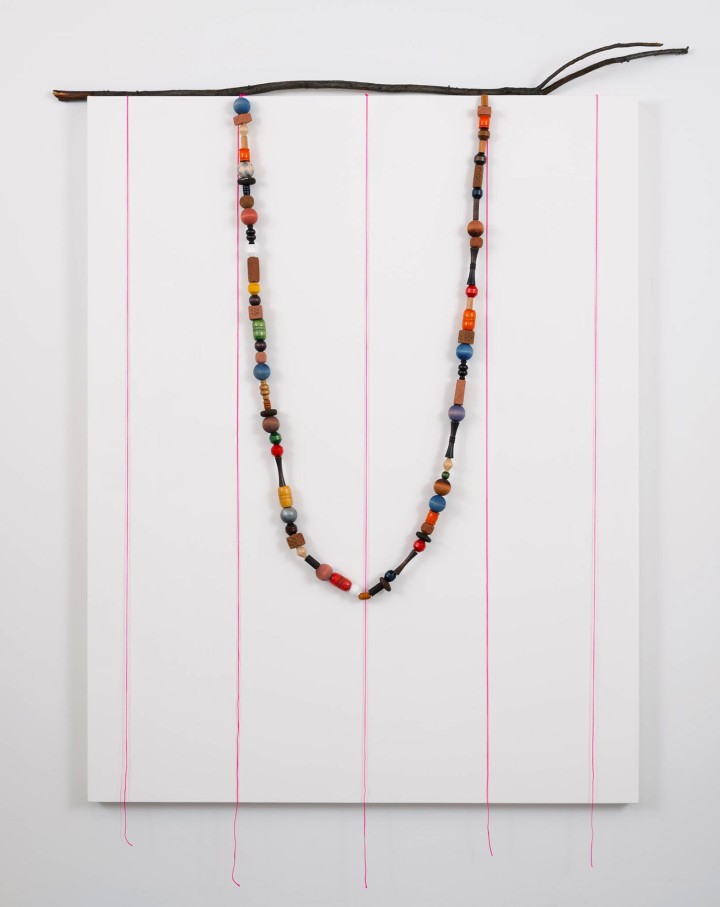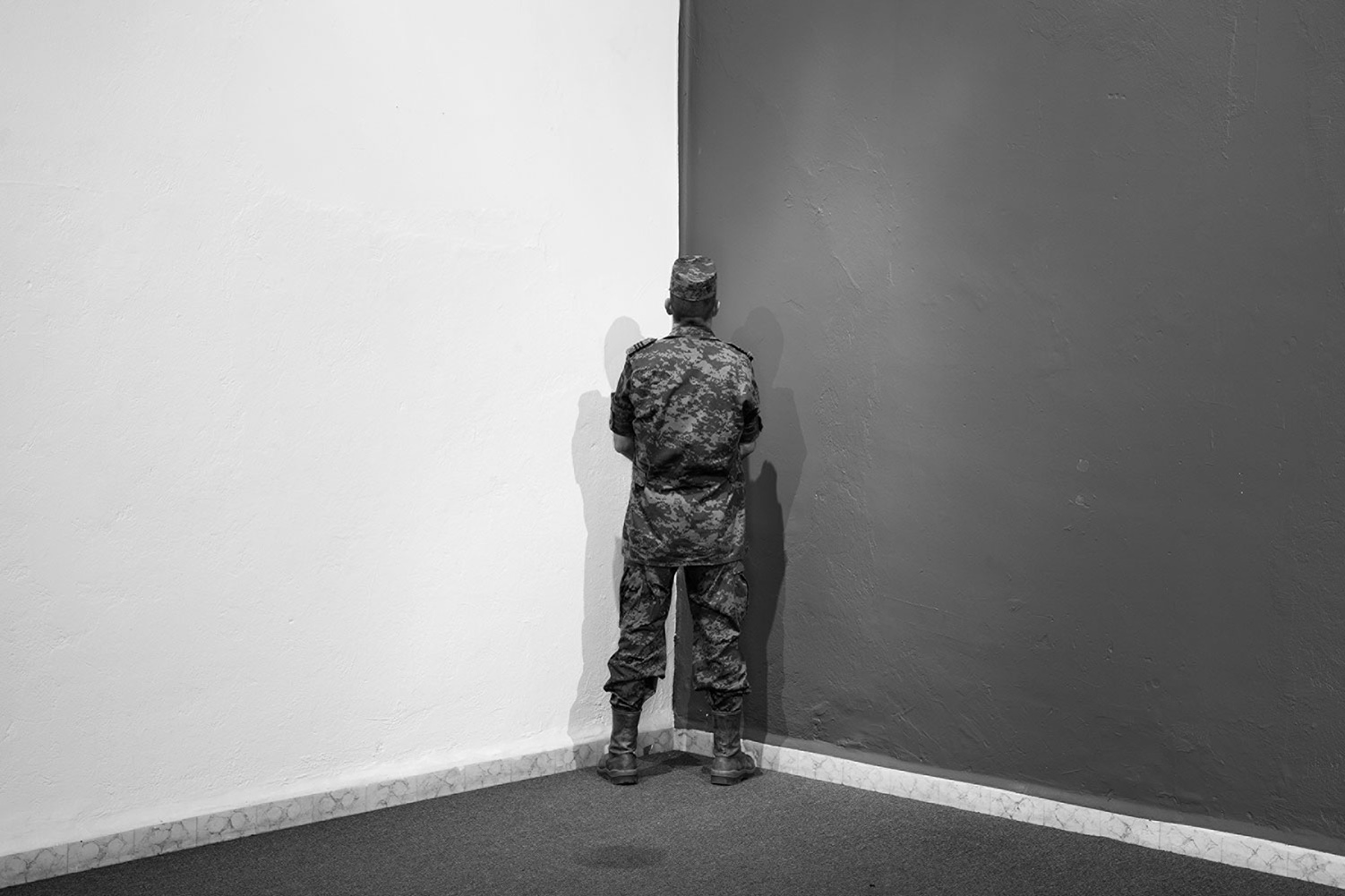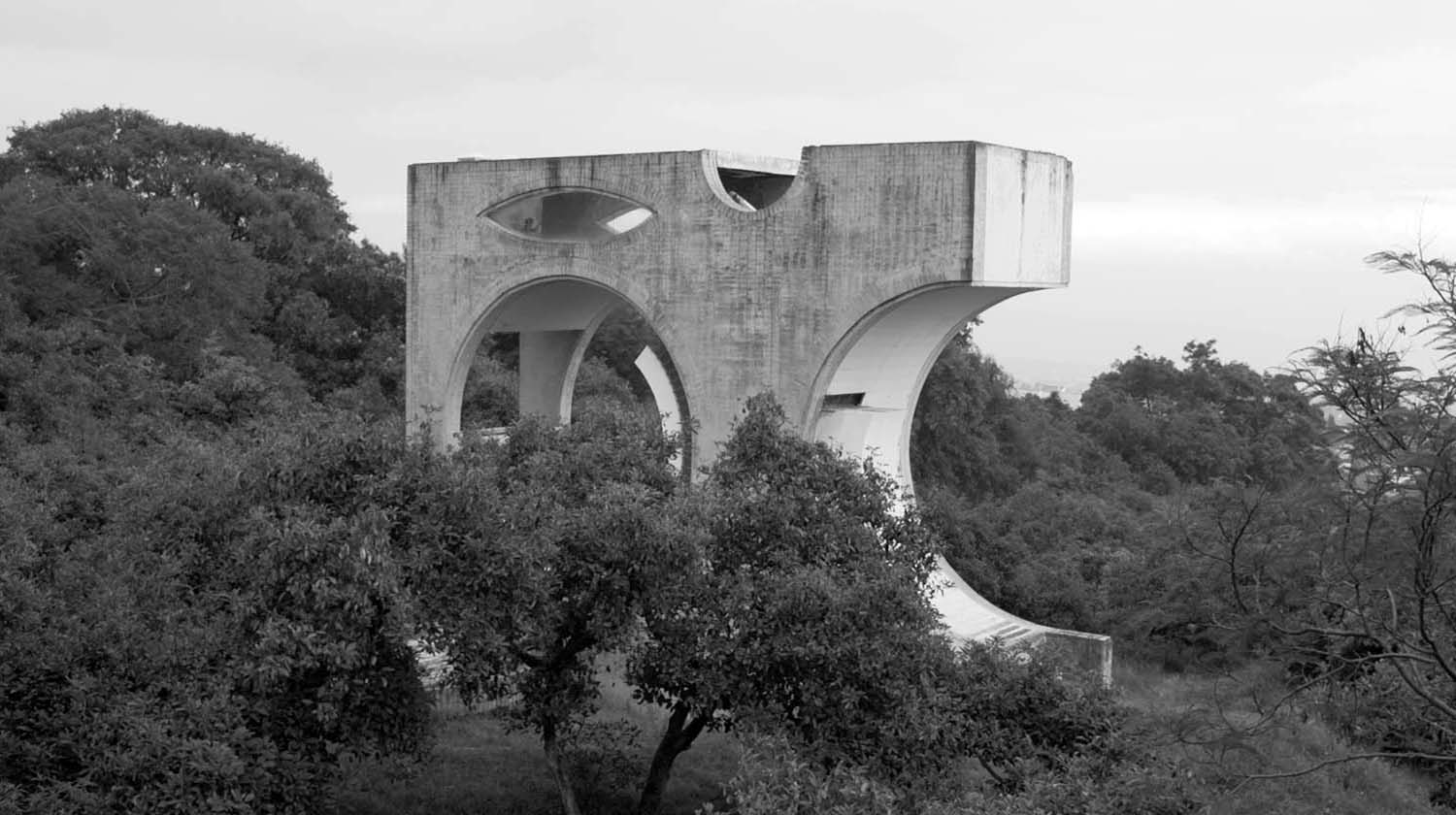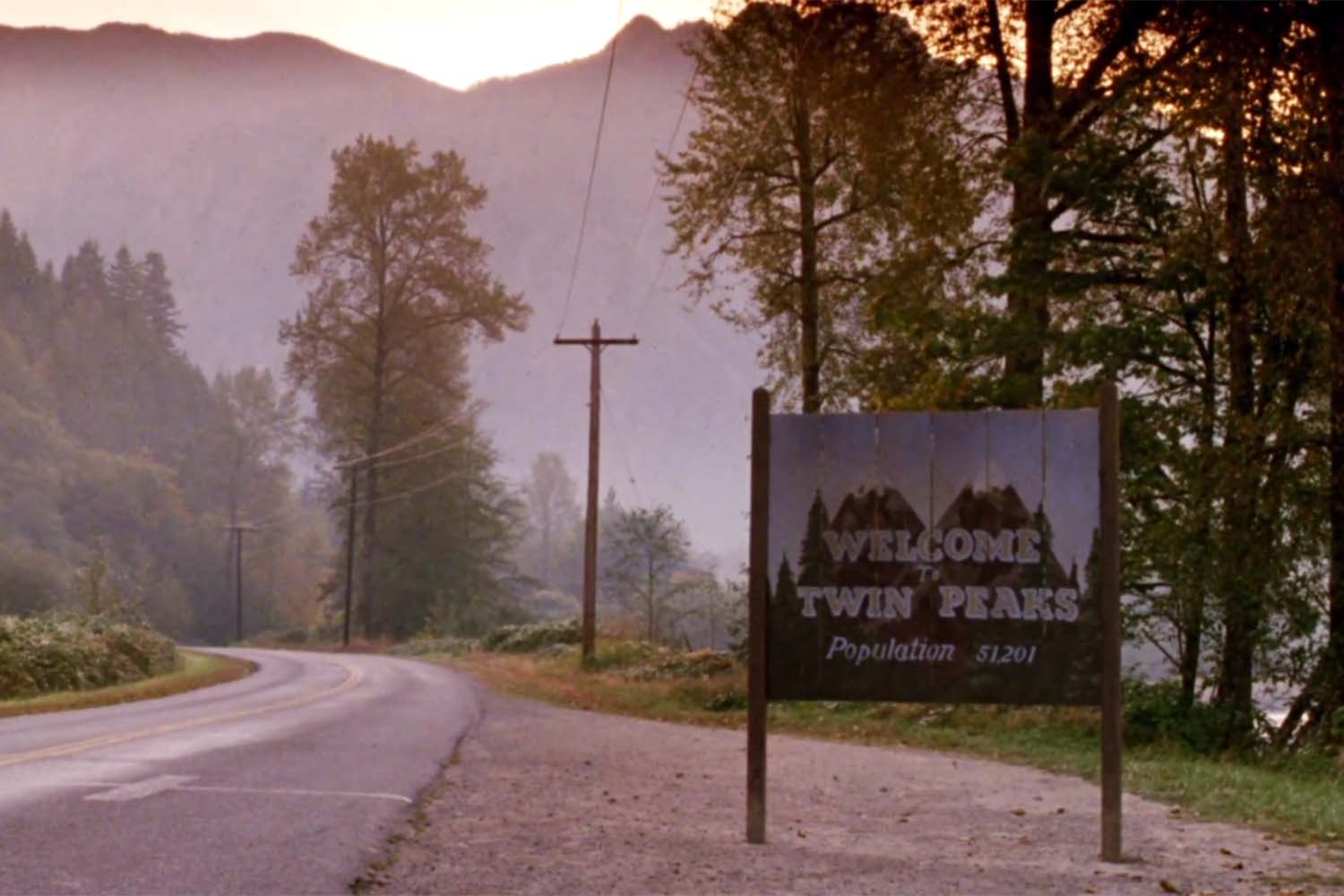On the occasion of her upcoming solo exhibition “freedom is a prime number” at Honor Fraser Gallery in Los Angeles, Flash Art editor Patrick Steffen talks to Sarah Cain.
Talking about your practice as a painter, one has the tendency to put the emphasis on colors, as has been done, for instance, in the beautiful recent monograph Sarah Cain, published by Los Angeles Nomadic Division (LAND). I’d like to shift the emphasis onto words. I think words are essential in your work.
Sarah Cain: I paint through ideas and feelings I’m incapable of speaking through. I relate strongly to poets and musicians and how they use words. I’m most at home when language becomes lyrical, abstracted, opened up, or when it takes on multiple meanings. I use words a bit like a navigating index. They reference where I was when I made the work, who I was sharing my life with, what I was reading, listening to or thinking about. Tara McDowell and Shamim M. Momin both talk a bit about language in their essays in the book you mentioned, but someone should probably write about it in more depth. The curator Sarah Bancroft recently paired me with George Herms for the show “Two Schools of Cool” at the Orange County Museum of Art, largely because of our relationship to and over language. When I think of George and our similarities it makes me realize that I’m a collagist with words. Sometimes I just hear words, the same way I see color or form. I write poems and those come to me in a way very similar to how a painting will.
You are preparing a solo exhibition in Los Angeles. Let’s start with the title, “freedom is a prime number”…
I gather the words around my work like materials, they will come to me out of daily life and then if I’m interested I’ll push it further. I lifted this sentence from the novel The Savage Detectives by Roberto Bolano. It captures the essence of great art and also speaks to how crucial it is to stay loyal to an undividable truth or freedom, to never compromise the work. There is another reference to him in a title of a painting, named after the title of his manifesto, abandon everything, again. This is how I approach each painting and possibly life in general. I felt those words immediately but then like most words I’m attracted to, after reading his manifesto I was struck by so many similar feelings…
The physicality of your paintings is often enhanced by many small personal objects — feathers, pebbles, etc. — that you constantly add, as if your paintings would become a sort of contemporary shrine. What do these objects mean to you?
They mean all types of things to me, but some of them hold onto a feeling, it lingers around them and those are the objects I’m most attracted to. The shrine-like parts of my site works are personal. A lot the objects are gifts, or found and held onto for years. They speak about my own life but also the subcultures I’ve traveled through. I think of them a bit like diary entries. In the beginning it was protection related and a means to infuse the white cube with a poetic personal meaning. In my home I’m constantly making little groups of objects. Organizing memories, emotions, visuals and colors keeps me balanced and helps me gather or clear my thoughts.
How do you start including these objects into your installation?
I take down the groupings in my home and bring them to the site. Last year there were probably about 50 objects tucked into the seams of my shows. To give you an idea of the range, one inclusion was an inspirational magazine clipping about Werner Herzog and an “experimental archaeologist” from his Cave of Forgotten Dreams. In another one I put this crazy canvas with a big braid of my hair, which was more of a wildcard. An art girl who cuts off all her hair and then shows it in a museum is very funny to me. Hair is powerful and should never be for sale. It is also weird and sort of creepy in a way that art needs to remember to be. One installation had a wedding ring in it, that someone gave me but didn’t give me. It was the classic set up for a proposal but then it wasn’t a proposal. I think I included that one for multiple reasons, but one was just hoping it would disappear. I like that you see these objects; I think the majority of the viewers miss most of those moments. In a way they are a bonus for being a sensitive viewer. My all time favorite find that I’m hoping to use in the next install is this big chunk of bark I found peeling off of a tree deep in the Angeles National Forest. It has a heart carved into it with initials and a date from the 1980s. The way the bark peeled off the tree made a split down the heart, like the tree knew when the couple broke up. It’s so beautiful and sad at the same time.
You said, “It’s so beautiful and sad at the same time.” Are you attempting to portray the complexity of the impossibility of a relationship through your work?
There are moments of that in my work, even in the materials I work in, but the practice is about much more as well. I’ve made plenty of paintings about very successful relationships, or paintings that act as homage to people or places. If I have to make a blanket statement about my paintings, I think they are about the collision of various forms of space: physical, emotional and psychic. The work is a translation of life, and life takes time, like art, to fully seep in. I’m constantly realizing new meanings to pieces. I also don’t claim to have control over them. The work tells me how to make it. It’s a joke for me to set out trying to do a painting about this or that, as I need the piece to get lost before it is found. I also embrace failure as a concept, on many levels, but most basically in the way that one needs to take risks to make great work. If you don’t allow the potential for failure I don’t know how growth is possible.
I’m interested in your idea of disappearing through art.
Years ago I made a book in two parts. The first was called Writings too personal to be called poetry and the second was I disappear. I think that title points to how disappearance occurs in my practice. It’s a way of starting with a very personal subject and transcending it or disappearing the individual until the work exists in a universal state. Painting makes life much more manageable. I paint about a lot of big questions that I can’t answer. The work constantly comes back to the unavoidable disappearance of oneself. The irony is I have already made so many objects that by the time I’m no longer here there will be so many things I’ve made left behind. But then again a large part of my practice is ephemeral, so vanishing is innate to the way I work. I also use a lot of quasi-magical moves in my practice. The hope of the ring disappearing was a mental trick that was as much about belief as it was disappearance. As well as about asking what happens when something you believed in disappears. Where are you left after that? Should we trust disappearance more than existence?
In your practice, do you ever compromise the work?
I’ve been in the commercial art world and showing nonstop for a while now. I’ve found ways, sometimes by making paintings, to work through conflicted feelings. I also eliminate many potential issues by working with good people. I came into the commercial art world towards the end of the market boom. I’m glad I wasn’t a couple of years earlier, as it created a false sense and I’m thankful to still be working all the time. I guess asking about conflicts and the commercial art world makes me think mostly about class, money and value. As far as the market goes I don’t cater to it; I don’t believe artists should.
Everybody’s toolbox, an open source collective focused on performing arts, suggests to realize self-interviews. What is the perfect question you would choose for yourself? And the answer?
What are you excited about right now? Swimming in waterfalls, afternoons reading in bed, dark chocolate & iced tea, Hélàne Cixous, Beatrice Woods, imaginepeace.com, women. Friend’s art: Allison Miller, Rebecca Morris, Jeni Spota, Kim Fisher, Ry Rocklyn, Katie Grinnan and Colter Jacobsen. LAND (Los Angeles Nomadic Division), Night Gallery, Public Fiction. Friend’s music: HECUBA, Bouquet, Matteah Baim, Hush Hush, Yoni Wolf, Destroyer and Brendan Fowler. This Hélène Cixous quote: “I call a poet any writing being who sets out on this path, in quest of what I call the second innocence, the one that comes after knowing, the one that no longer knows, the one that knows how not to know.”





